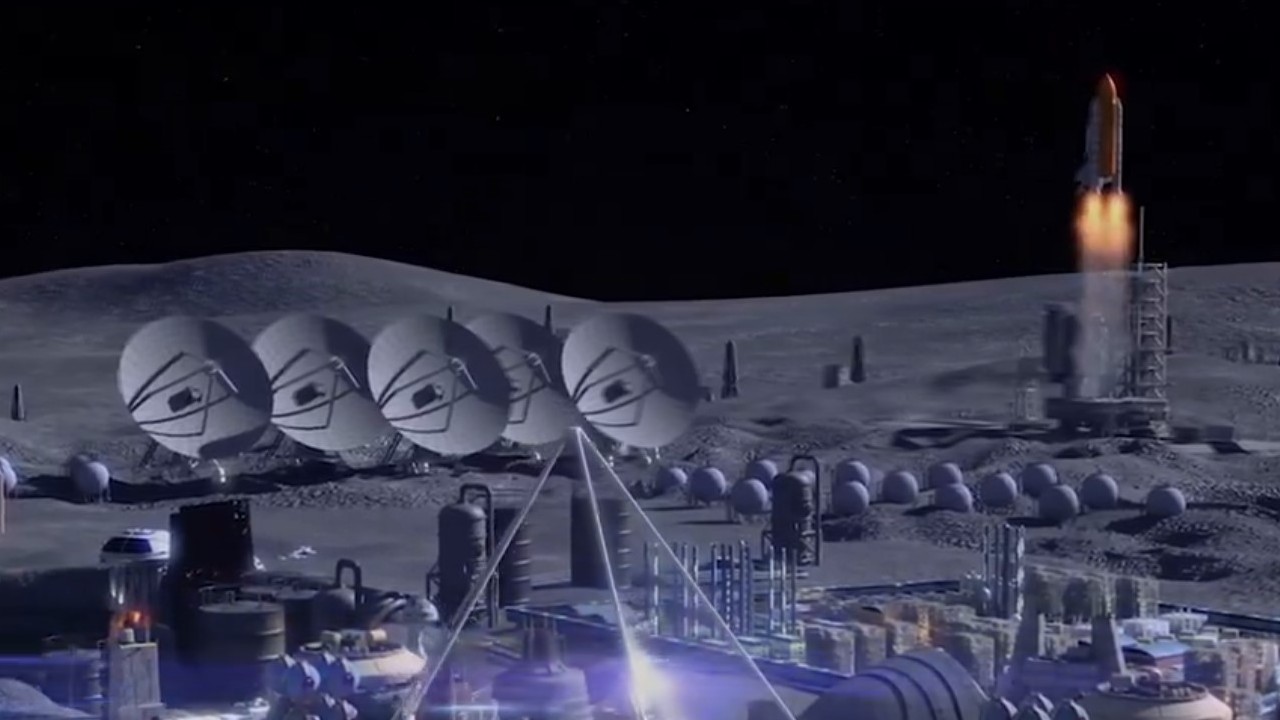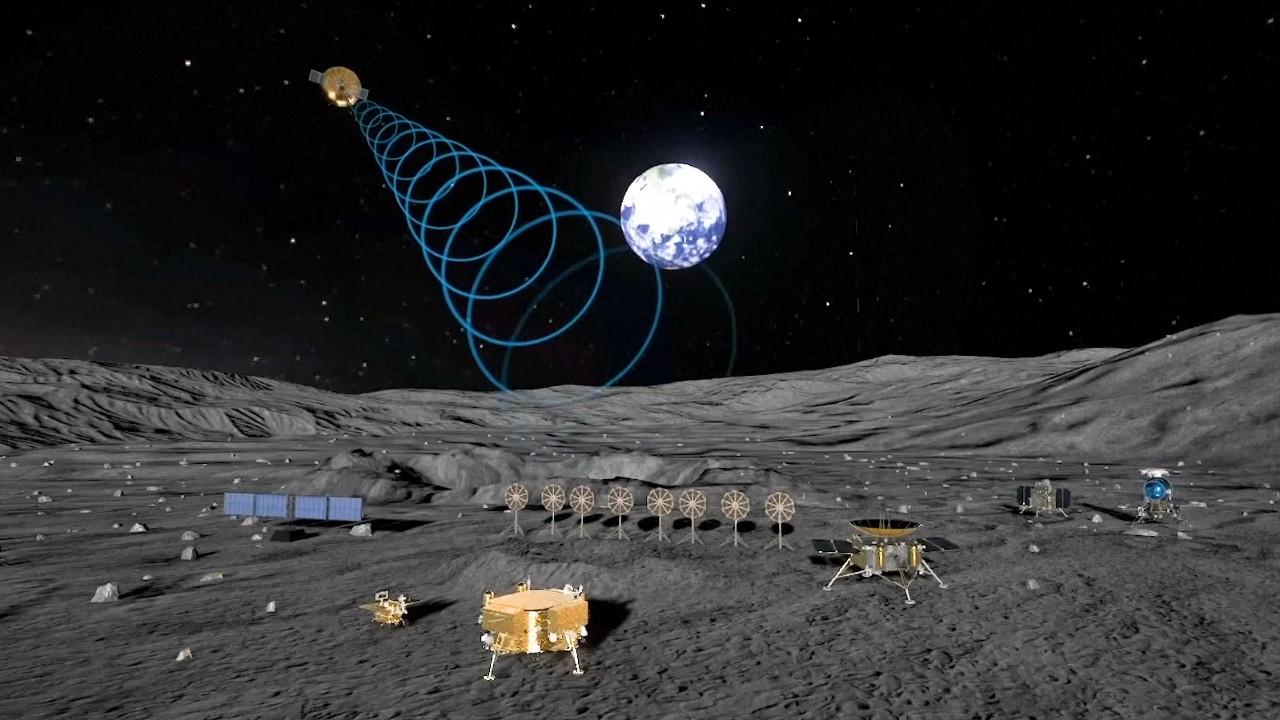
The China National Space Administration (CNSA) has released a video of its concept for a lunar base to be developed across the next couple of decades.
CNSA unveiled the video on Wednesday (April 24) as part of the country's annual space day celebrations. The project is known as the International Lunar Research Station (ILRS) and was jointly announced in 2021 by China and Russia.
China is now leading the moon base initiative and attempting to attract international partners for the endeavor. So far, alongside China, Russia, Venezuela, Pakistan, Azerbaijan, Belarus, South Africa, Egypt, Thailand and Nicaragua have joined the initiative, according to Space News.
Related: Not just Artemis: China and Russia plan to put boots on the moon, too

The video shows a number of missions, including surface sample return operations, a lander and rover, and supporting orbital satellites. These correspond to the planned Chang'e-6 and 7 missions planned for launch next month and in 2027 respectively.
Together with Chang'e-8, these will form a basic model of the ILRS by around 2028. Next will come communications, power generation and other infrastructure, which will be built on and developed into an expansive, inhabited lunar outpost.
The project is envisioned as a comprehensive scientific experimental base which will host interdisciplinary and multi-objective research activities focusing on lunar exploration and utilization, according to Chinese reports. It will be capable of long-term independent operation, either on the lunar surface or in lunar orbit.

"The moon serves as a starting point, and an international lunar research station will provide a platform for long-term scientific research, work and habitation, paving the way for future human exploration into deeper space. It will serve as a technological, material, and intellectual reservoir, preparing us for future missions to Mars and other distant destinations in space," Wu Weiren, chief designer of China's lunar exploration program, told China Central Television (CCTV) on Wednesday.
Wu says the ILRS will be constructed in two phases. The first will establish comprehensive scientific facilities with basic functions and essential supporting elements around the lunar south pole by 2035. The second phase will set about building a well-equipped and stable facility of considerable scale by 2045.
One curious detail of the video is the presence of a retired NASA Space Shuttle appearing to lift off from a launch pad in the background.
Boom problem solved. CGTN went ahead and slapped an ol' reliable blur bar over the Shuttle https://t.co/GltGw0c17x pic.twitter.com/bkuBT86YaNApril 25, 2024
The shuttle was retired in 2011, NASA is largely prohibited from cooperating with Chinese entities and has its own Artemis Program, while China is also developing its own large and reusable launch vehicles for lunar exploration.
China designated April 24 as its 'Space Day' in 2016 to mark the occasion of the launch of its first satellite, Dongfanghong-1, into space in 1970, and signal the country’s growing ambitions for, and value of, space.







